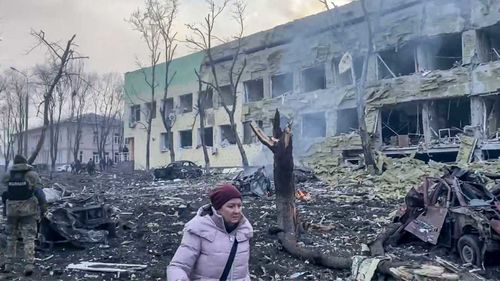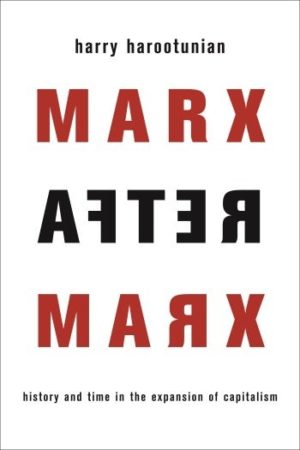Russia owes western banks $120 billion - why they won't get it back




It’s possible that I shall make an ass of myself. But in that case one can always get out of it with a little dialectic. I have, of course, so worded my proposition as to be right either way (K.Marx, Letter to F.Engels on the Indian Mutiny)
Russia owes western banks $120 billion - why they won't get it back





A key reason for the decision by the White House to issue its chilling warning that the Kremlin could be planning a chemical or biological weapon attack in Ukraine is that Russia has both the means and a record for doing so.
At the end of the Cold War, the former Soviet Union had one of the world’s largest stocks of chemical weapons, including nerve agents, and was known to be running the world’s largest and most advanced biological warfare programme, at one point employing nearly 70,000 people.
Both the production and use of biological and chemical weapons are banned under international treaties to which Russia is a signatory.
But despite such solemn geo-political undertakings, the Kremlin has in recent years shown itself ready to deploy chemical weapons in the shape of the so-called “Novichok” nerve agents used on the streets of Salisbury in 2018 and against Russian opposition leader Alexei Navalny two years later.
It is also believed that when it comes to the even more terrifying pursuit of biological weapons – the use of viruses, bacteria such as Anthrax and other pathogens to effectively harness disease as a tool of war – Moscow remains unashamedly active.
The US State Department last year formally declared that in its assessment “Russia maintains an offensive [biological weapons] programme” and is in violation of the treaty banning their development, production or use.
The exact nature and quantity of what Russia holds in the chemical and biological weaponry sphere is hard to quantify.
According to the Organisation for the Prohibition of Chemical Weapons (OPCW), the body with oversees the global ban, Russia is one of eight countries around the world which between them continued to hold some 72,300 tons of the most potent chemical toxins after the ban was put in place in 1997.
The OPCW said the Russian share of those weapons was certified as having been destroyed in 2017 but Washington and its allies say they do not believe Moscow made a full declaration of its weaponry stocks.
It is certainly clear that it has considerable manufacturing capability when it comes to nerve agents – the perfume bottle containing Novichok used to target Russian MI6 agent Sergei Skripal and his daughter Yulia held enough poison to deliver a potentially lethal dose to 10,000 people.
The vast majority of any remaining Russian chemical weapons stockpile is thought to be made up of nerve agents, including VX, a substance so deadly that just 0.4mg can kill an adult. It is believed its chemical arsenal also includes limited quantities of blistering agents such as mustard gas.
Western experts say the precise nature of the Kremlin’s biological weaponry research, believed to be carried out in a Soviet-era facility in the Novosibirsk region of Siberia, is unknown.
The question remains of how Russia might carry out the type of chemical or biological weapons atrocity of which Washington warns may be under consideration in Moscow as Vladimir Putin’s propagandists.
A heavy clue lies in the wreckage of Syria, where Russia successfully conducted a brutal campaign to bolster the regime of Bashar Al Assad.
According to one authoritative study, the Syrian dictator’s armed forces carried out the majority of 85 chemical weapons attacks during the country’s decade-long civil war, including the notorious Sarin nerve gas attack on the Damascus suburb of Ghouta which may have killed as many as 1,700 people.
One former military specialist said: “The Kremlin refined its tactics for this sort of scenario by watching – and standing alongside – Assad’s forces as they did their worst. The Syrians would routinely blame jihadist groups whenever there was a chemical attack.
“You can already see Putin trying to prepare the ground for a false flag attack by blaming the Ukrainians or Americans and retaliating. We should be in no doubt that chemical weapons form part of the Kremlin’s thinking.”
It is for this reason that Washington, and other Western capitals, have been aggressive in their denials of a steady drip of spurious claims from Moscow that Ukraine has smuggled noxious chemicals into the east of the country or that America had set up research laboratories in Ukraine.
As Ned Price, the US State Department’s official spokesman, put it: “There are no US chemical or biological weapons labs in Ukraine. However, Russia has a long and well-documented record of using chemical weapons against opposition leaders and innocent civilians.”
The suggestion that Ukraine is developing weapons of mass destruction is rubbished by the president, who says: "We are a decent country."







In Marx After Marx, Harry Harootunian questions the claims of Western Marxism and its presumption of the final completion of capitalism. If this shift in Marxism reflected the recognition that the expected revolutions were not forthcoming in the years before World War II, its Cold War afterlife helped to both unify the West in its struggle with the Soviet Union and bolster the belief that capitalism remained dominant in the contest over progress.
Marx After Marx: Time, History and the Expansion – The University Seminars (columbia.edu)
